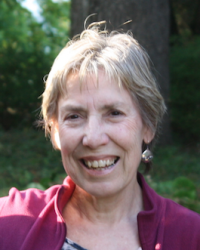Lately, as I’ve been writing poems about my brother who died in December, I’ve been re-reading Marie Howe’s book of poems, “What the Living Do”. The collection, written in 1998, is largely about her brother who died some years before of AIDS-related complications. As a poet I am instructed and inspired by her deceptively simple, straightforward language, the poems often written in couplets. And then lines that jump out and almost tip me over:

“What happened in our house taught my brothers how to leave…what happened taught me to follow him, whoever he was, calling and calling his name.”
Even a simple recalling of a snowy evening “in a dark snowy winter” is redolent of a moment:

“The radiator’s squeak and whine / Plows soon, their deep and decent rumbling.”
That word “decent” echoing “deep” is so unexpected but just right for a snowplow doing its necessary work.
Marie Howe was writing this collection around the time the poet, Jane Kenyon, died, and she dedicates it to Jane’s memory. In “The Prayer” she writes, “I want to go where she went, where my brother went.” But ultimately this is a book for the living, and the daily, ordinary things the living do—opening the windows, driving, spilling coffee, buying a hairbrush—the mundane yet beautiful things that remind us we’re alive. This combining of the tragic and the wondrous is what I want to do in my own writing.

Melinda Burns is a writer and a psychotherapist in Guelph, Ontario. She is the daughter of a Mohawk mother and an English father. Her poems, essays and stories have appeared in The Fiddlehead, Grain, The New Quarterly, Canadian Notes and Queries, and One Art.
Photo Courtesy of iStock Getty Images